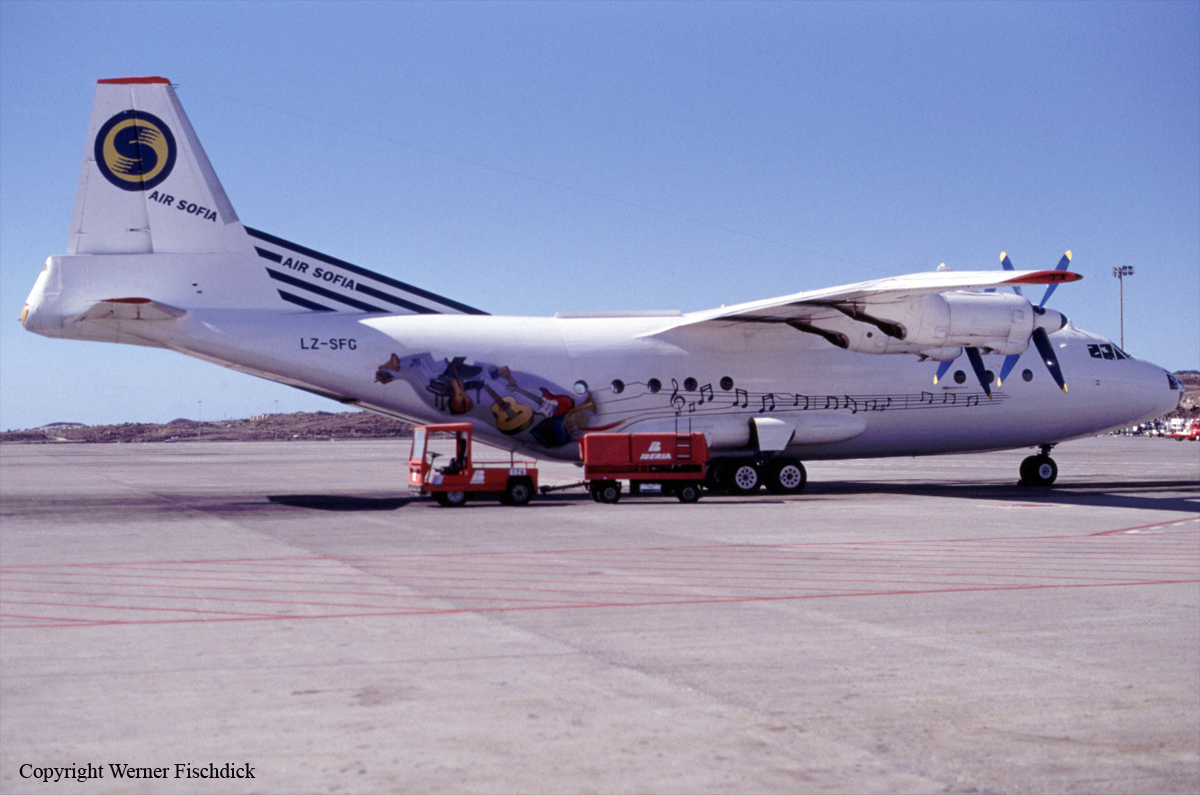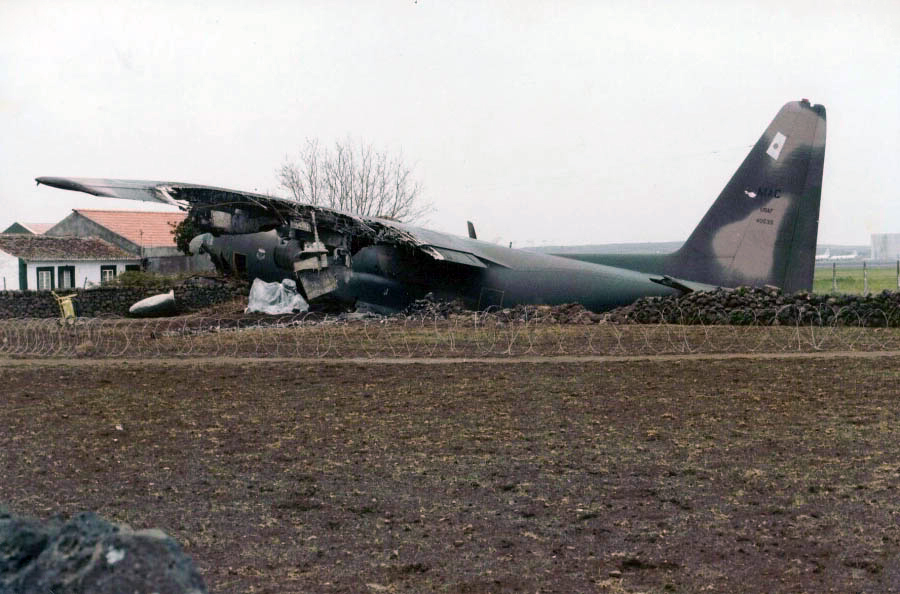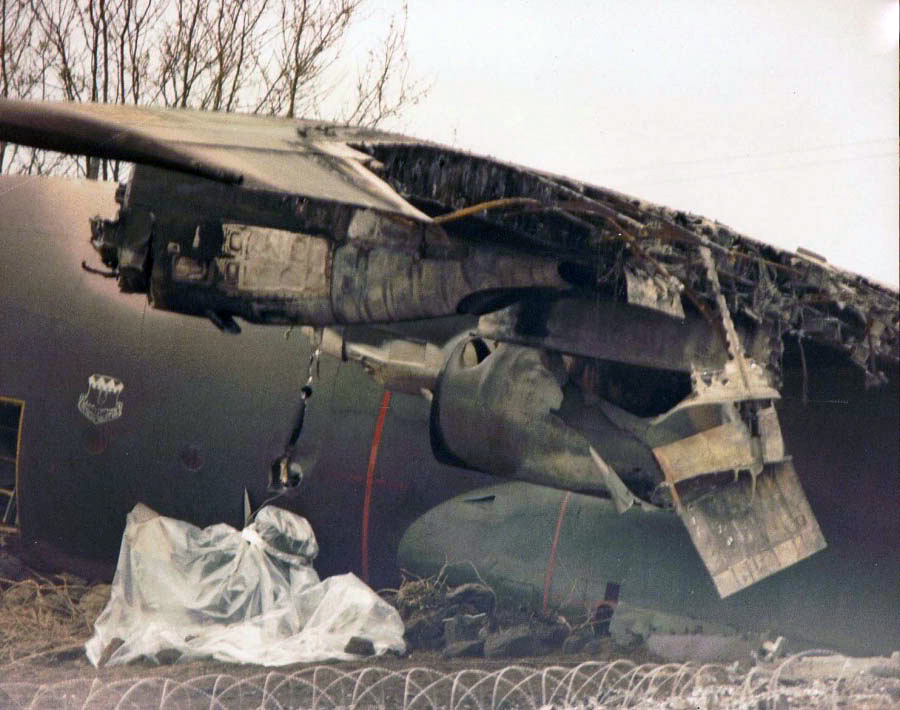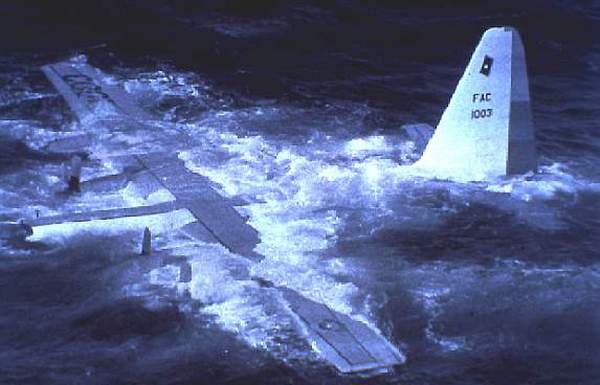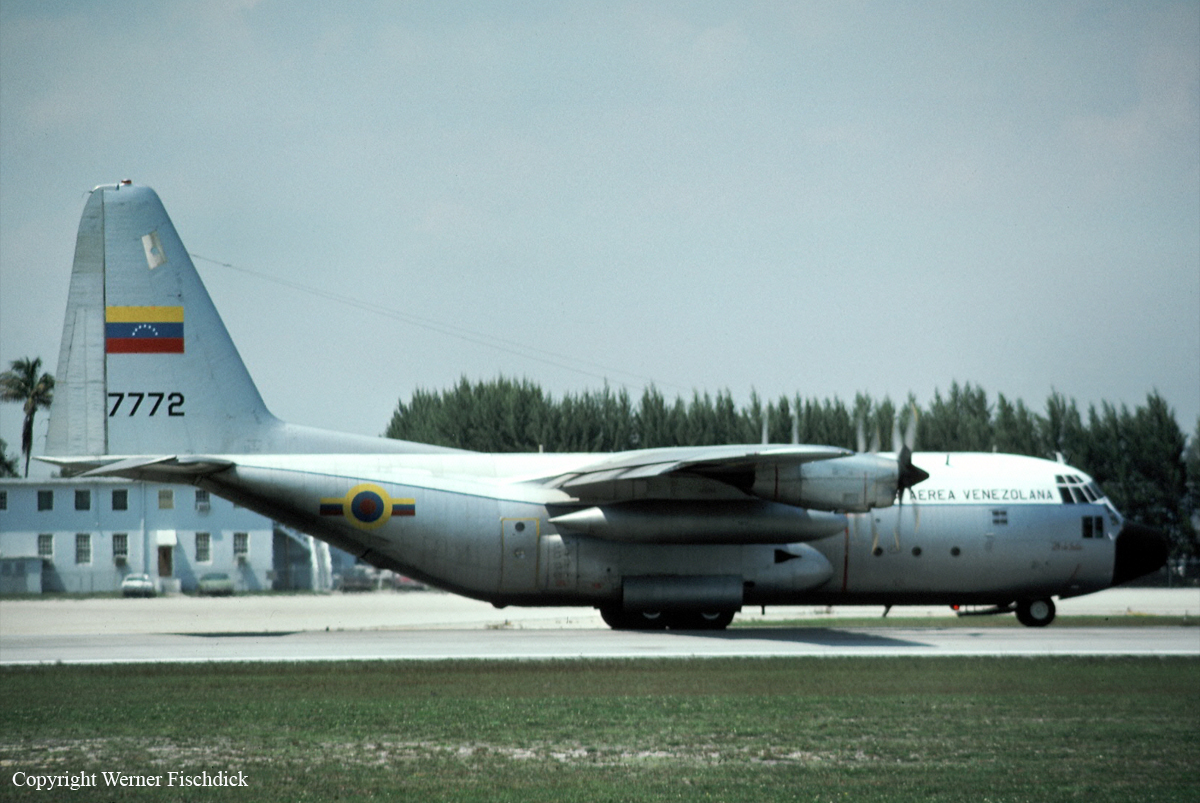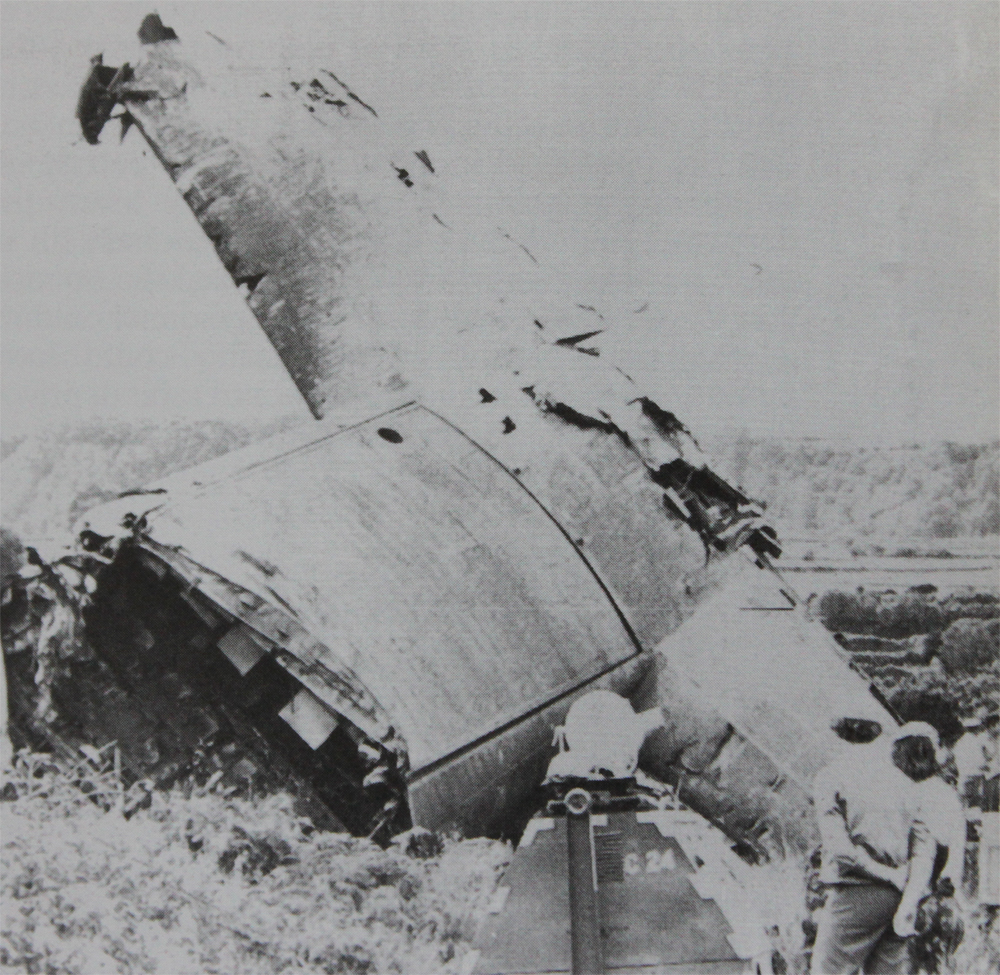Crash of an Antonov AN-12BP in Lajes: 7 killed
Date & Time:
Feb 4, 1998 at 2217 LT
Registration:
LZ-SFG
Survivors:
No
Schedule:
Lisbon – Ponta Delgada – Lajes – Lisbon
MSN:
3 3 416 05
YOM:
1963
Flight number:
LXR513
Crew on board:
7
Crew fatalities:
Pax on board:
0
Pax fatalities:
Other fatalities:
Total fatalities:
7
Captain / Total hours on type:
3104.00
Copilot / Total hours on type:
1772
Aircraft flight hours:
12492
Aircraft flight cycles:
7005
Circumstances:
The four engine aircraft was completing a mail flight from Lisbon to Ponta Delgada and Lajes and back to Lisbon. On the last leg from Lajes to Lisbon, the cargo consisted of 1,693,5 kg of cargo and mail. Shortly after takeoff from runway 33, while in initial climb, the engine n°3 failed and its propeller autofeathered. Six seconds later, the engine n°4 failed as well. The aircraft went out of control and crashed in hilly terrain not far from the airport. The aircraft was destroyed and all seven occupants were killed.
Probable cause:
The following factors were identified:
- Engines n°3 and 4 stoppage at takeoff due to incorrect selection of the Fuel System,
- Interruption of the checklist sequence in the attempt to transfer fuel from the lower tanks to the wings, which may have contributed to the incorrect selection of the Fuel System,
- The cargo was not secured may have contributed to the deterioration of the stability and controllability of the aircraft,
- The impossibility to retract the landing gear, in time, which contributed to the decrease of the aircraft performance.
- Engines n°3 and 4 stoppage at takeoff due to incorrect selection of the Fuel System,
- Interruption of the checklist sequence in the attempt to transfer fuel from the lower tanks to the wings, which may have contributed to the incorrect selection of the Fuel System,
- The cargo was not secured may have contributed to the deterioration of the stability and controllability of the aircraft,
- The impossibility to retract the landing gear, in time, which contributed to the decrease of the aircraft performance.
Final Report:
